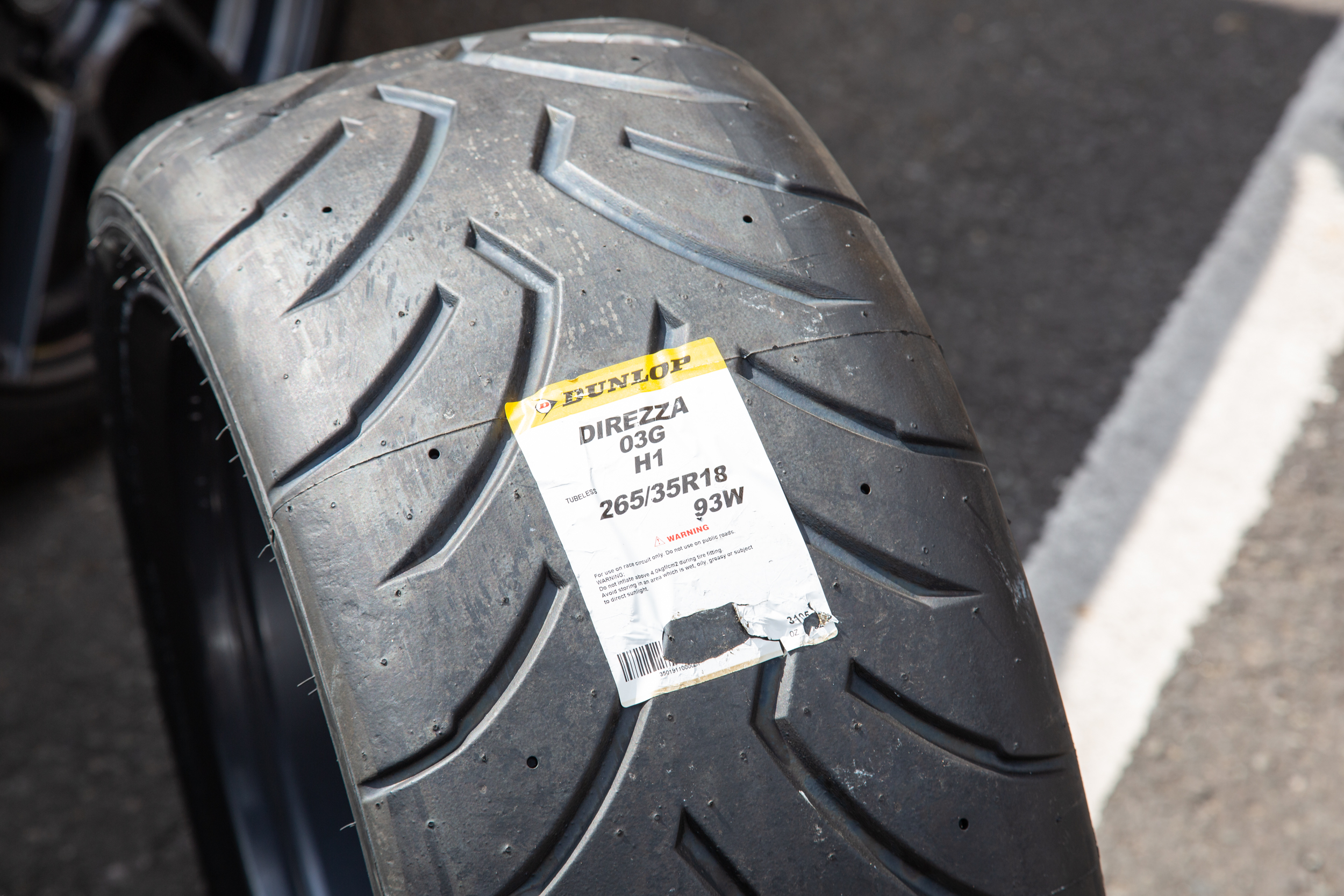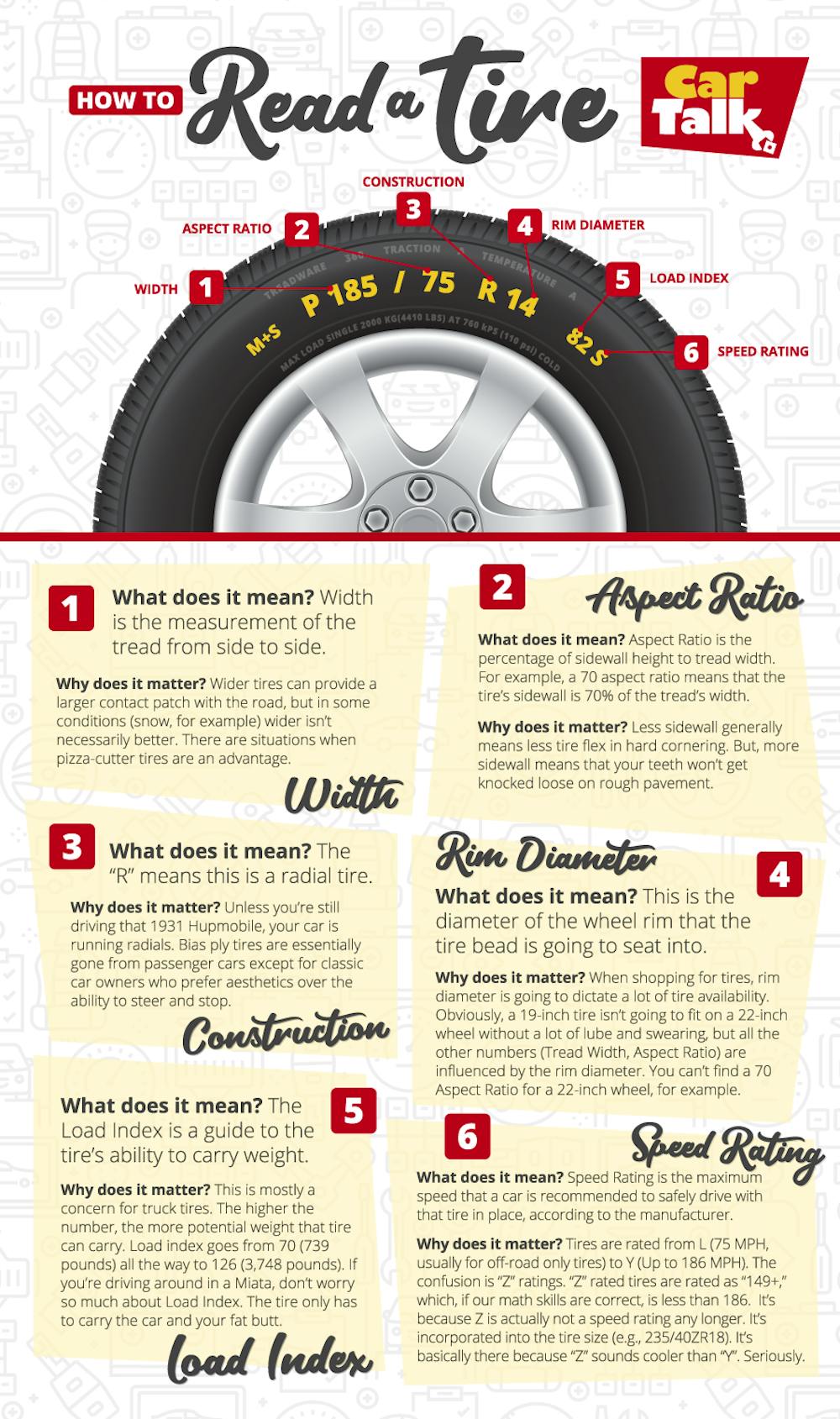All Categories
Featured
Table of Contents
The Michelin supplied a comfy driving experience, characterised by responsive guiding and a dynamic understeer balance. Regardless of the cooler testing problems, Michelin's consistent time and hold over 3 laps shows its suitability for real-world applications.
The tyre's first lap was a 2nd slower than the 2nd, pointing to a temperature-related hold boost. For day-to-day usage, the Michelin might be a more secure wager.
Best High-performance Tyres – Bayswater
It shared Michelin's safe understeer balance but did not have the latter's desire to turn. Continental and Goodyear's efficiencies were significant, with Continental's new PremiumContact 7 revealing a substantial renovation in damp problems contrasted to its predecessor, the PC6. This version was far less conscious fill changes and acted a lot like the Michelin, albeit with a little much less communication at the restriction.
It incorporated the safe understeer equilibrium of the Michelin and Continental with some flashy handling, showing both predictable and fast. As an all-rounder for this Golf GTI, Goodyear's Uneven range was the standout, showing outstanding performance in the wet. Ultimately, the Bridgestone Potenza Sporting activity took the crown as the fastest tyre, albeit by a little margin.
This tire got grippier as it heated up, similar to the Yokohama. Drivers looking for an amazing wet drive may find this tire worth thinking about. The standout performer in damp braking was the newest tire on test, the PremiumContact 7, though the results are nuanced. We performed wet stopping examinations in 3 various methods, twice at the brand-new state and as soon as at the worn state.
Trusted Tyre Upgrades Near Me
Ideally, we desired the chilly temperature test to be at around 5-7C, yet logistical delays suggested we tested with an ordinary air temperature of 8C and water at 12C. While this was cooler than standard examination conditions, it was still warmer than real-world problems. The warm temperature examination was done at approximately 18C air and 19C water.
The 3rd run involved damp braking tests on worn tyres, particularly those machined to 2mm with a small confrontation. While we intended to do more with these worn tires, weather constraints restricted our testing. It's worth keeping in mind that wet stopping is most vital at the used state, as tyres usually boost in dry conditions as they use.

Bridgestone, Goodyear, and Michelin saw the least performance reduction when used. The Hankook tyre registered the tiniest performance decline as temperature levels cooled, however it was amongst the most influenced when worn.
Top Wheel Alignment Near Me – Bayswater WA
The take-home message below is that no single tyre mastered all elements of damp stopping, showing a complicated interaction of variables affecting tire efficiency under different problems. There was a standout tire in aquaplaning, the Continental completed top in both straight and curved aquaplaning, with the Michelin and Goodyear likewise excellent in deeper water.

Yokohama might take advantage of slightly even more grip, an issue potentially influenced by the cooler problems. When it comes to managing, all tyres carried out within a 2% range on the lap, showing their high-grade performance (Tyre repair). Thinking about these tyres basically target the same consumer, it's fascinating to observe the substantial differences in feel.
The shock is because the PremiumContact 6 was one of my favourites for stylish completely dry drives, but its successor, the PremiumContact 7, seems much more fully grown and appears like Michelin's efficiency. Among these, Hankook was the least accurate in steering and interaction at the restriction. Tyre upgrades. Both Michelin and Continental supplied wonderful first steering, albeit not the fastest
If I were to suggest a tire for a fast lap to a beginner, claim my papa, it would be among these. After that we have the 'fun' tires, namely Yokohama and Bridgestone. Both were speedy to guide and really felt sportier than the others, however the compromise is a more lively back side, making them a lot more difficult to manage.
Affordable Premium Tyre Selection
It offered comparable steering to Bridgestone but offered much better comments at the limit and far better grip. The Bridgestone Potenza Sport, nevertheless, appeared to degrade fairly rapidly after simply three laps on this requiring circuit. There's Goodyear, which placed itself somewhere in between the fun tires and those having a tendency in the direction of understeer.
All in all, these tires are excellent performers. In terms of tire wear, the approach made use of in this examination is what the market refers to as the 'gold requirement' of wear.
Both the Bridgestone and Yokohama tyres dramatically underperformed in comparison to the other four tires in terms of rolling resistance, with Continental slightly outshining the rest. Regarding the convenience level of the tires, as prepared for, most demonstrated an inverted connection with handling. The Continental, Michelin, and Goodyear tires carried out best across different surface area kinds evaluated.

Bridgestone started to reveal indicators of firmness, while Yokohama was particularly jarring over pockets. We did determine internal sound levels; nonetheless, as is usually the case, the results were closely matched, and as a result of weather restraints, we were unable to carry out a subjective analysis of the tires noise. We looked at abrasion numbers, which gauge the amount of tyre walk shed per kilometre, normalised to a one-tonne car.
Reliable Tyre Deals
This figure stands for the quantity of rubber dirt your tires produce while driving. Michelin led in this classification, generating over 9% much less rubber particle matter.
Latest Posts
Leading Budget Car Tyres Near Me – Embleton WA
Affordable Tyre Fitting Services Near Me – Morley WA
Affordable Tyre Replacement Near Me – Alexander Heights